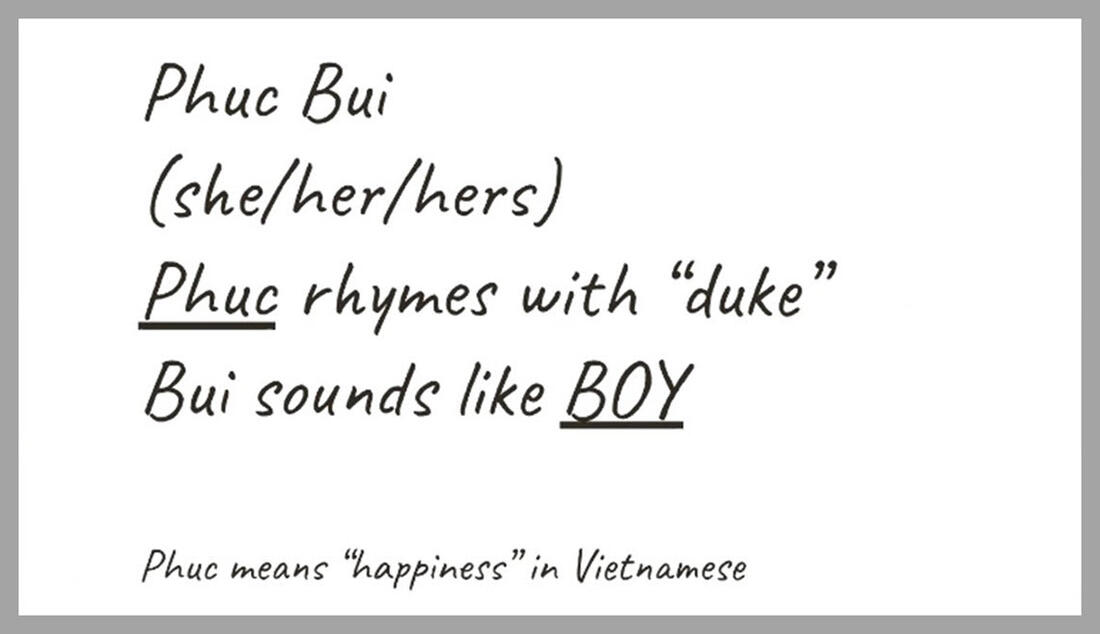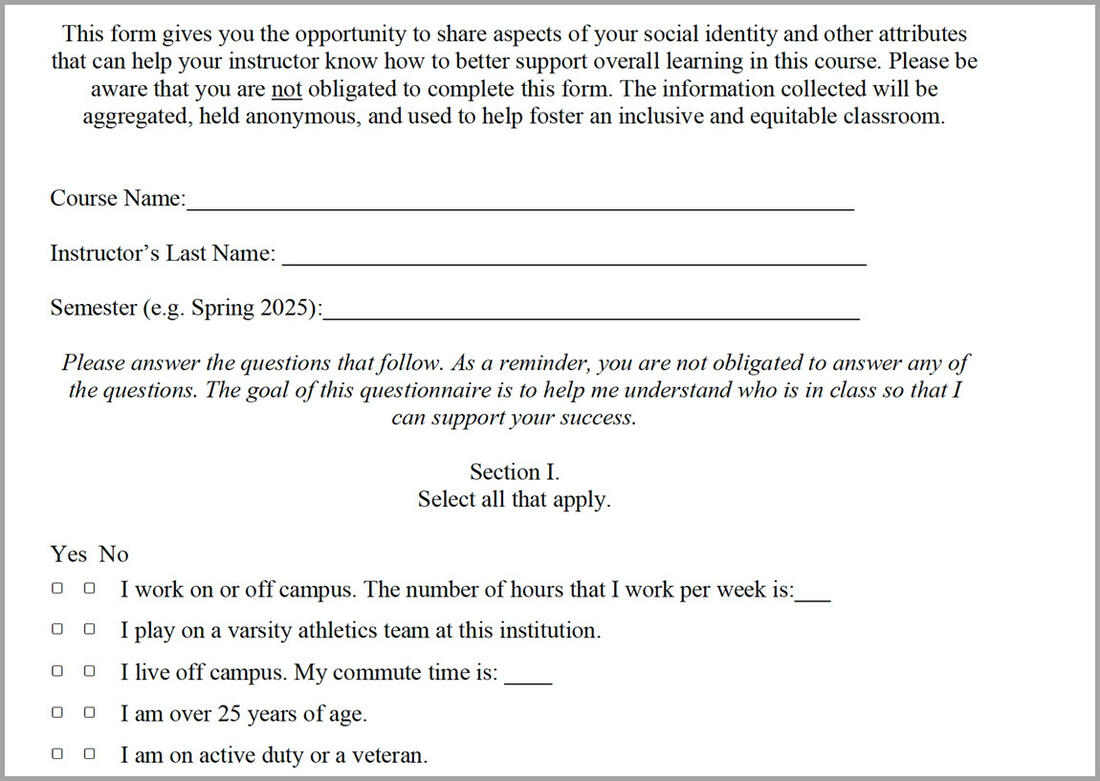Creating an inclusive teaching environment takes effort and dedication. Truly inclusive instructors do more than incorporate a friendly tone; they take responsibility for creating a welcoming environment, develop courses that are inclusive, and “change their teaching based on evidence about practices that support and challenge all students to thrive” (Addy, et al., 2021). More than a decade ago, Thomas Laird (2011) identified nine elements that come together to define a complete picture of “diversity inclusivity,” but starting with just a few simple practices is a good way to begin. The examples presented here are easily implemented and offer a place to start, as does the resource 15 Ways to Get Started with Diversity, Equity, Inclusion, and Belonging (Dutton Institute, 2022), which includes a course reflection worksheet. It’s crucial to remember that beginning, and not perfection, is what’s important.

Credit: Wildflowers from Pixabay is licensed under CC0.
Related Topics
References/Resources
- Addy, T., Dube, D., Mitchell, K., & SoRelle, M. (2021). What inclusive instructors do: Principles and practices for excellence in college teaching. Sterling, VA: Stylus Publishing.
- Dutton Institute for Teaching and Learning Excellence (2022). 15 Ways to Get Started with Diversity, Equity, Inclusion, and Belonging. https://bit.ly/deibpsu
- Laird, T. (2011). "Measuring the Diversity Inclusivity of College Courses." Research in Higher Education 52(6). 572-88.

